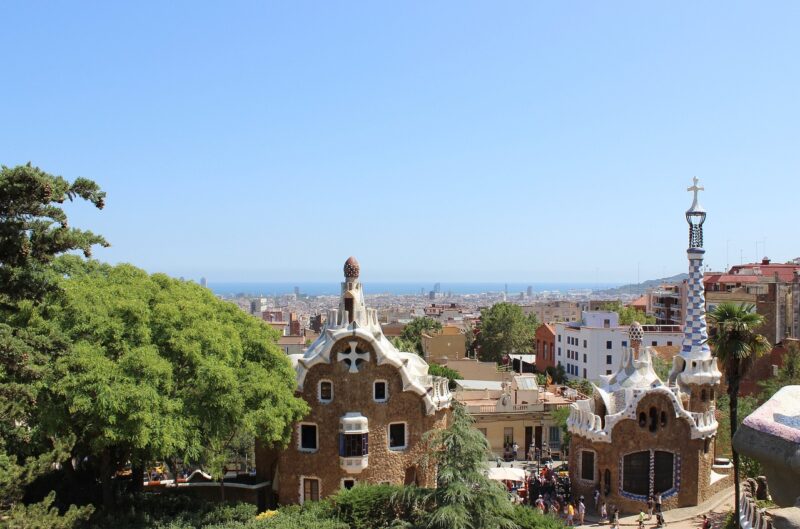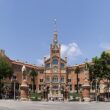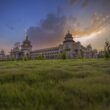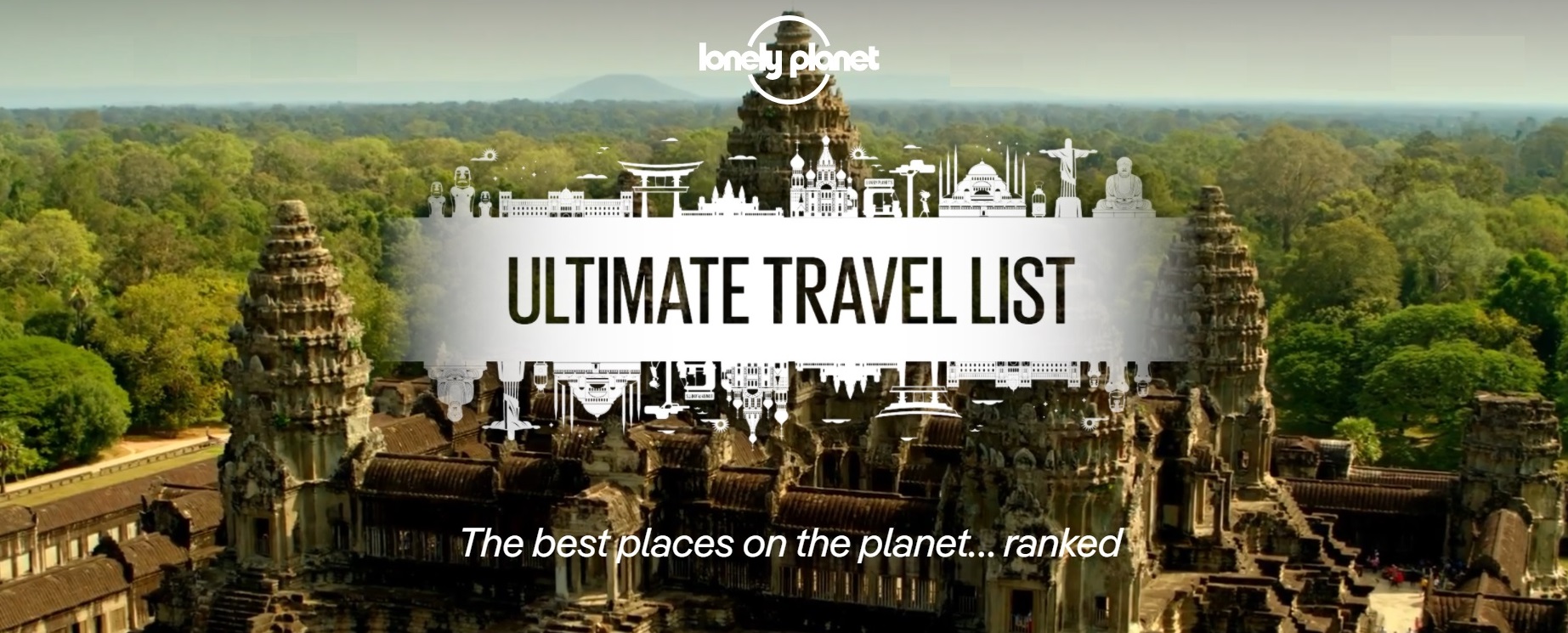Nestled in the heart of Barcelona, Park Güell stands as a testament to the genius of Antoni Gaudí. This iconic park is not just a green space but a mesmerizing blend of natural beauty and extraordinary architectural design. Known for its vibrant mosaics and whimsical structures, Park Güell attracts millions of visitors each year, eager to experience the magical world crafted by one of Spain’s most famous architects.
Table of Contents
- Historical Background
- Architectural Marvels of Park Güell
- Gaudí’s Artistic Vision and Techniques
- Exploring the Park: Key Areas to Visit
- The Symbolism in Park Güell
- Visitor Experience
- Conservation Efforts
- Cultural Impact
- Events and Activities
- Nearby Attractions
- Visitor Tips
- Photography Spots
- Park Güell for Families
- Conclusion
- FAQs
Historical Background
Antoni Gaudí: The Visionary Architect
Antoni Gaudí, the mastermind behind Park Güell, is celebrated for his unique style and profound influence on modern architecture. Born in 1852, Gaudí’s innovative designs are characterized by their organic shapes, vibrant colors, and integration with nature.
Commissioning by Eusebi Güell
In the early 20th century, industrialist Eusebi Güell commissioned Gaudí to design a residential complex for Barcelona’s elite. Inspired by the English garden city movement, Güell envisioned a serene community amidst lush greenery. However, due to a lack of interest from buyers, the project was halted, and only two houses were built. The city later converted the area into a public park.
Initial Concept and Construction Timeline
Construction of Park Güell began in 1900 and continued until 1914. Although the residential project was never fully realized, Gaudí’s imaginative designs laid the foundation for what would become one of Barcelona’s most cherished landmarks.
Architectural Marvels of Park Güell
The Dragon Stairway
At the park’s entrance, visitors are greeted by the Dragon Stairway, adorned with a vibrant mosaic salamander, often referred to as “El Drac.” This colorful creature has become a symbol of Park Güell.
The Hypostyle Room
Above the Dragon Stairway lies the Hypostyle Room, originally intended as a market space. The room boasts 86 fluted columns, reminiscent of ancient Greek temples, supporting the grand plaza above.
The Serpentine Bench
The serpentine bench, winding its way along the perimeter of the plaza, is one of Gaudí’s most famous creations. Covered in colorful trencadís (broken tile) mosaics, the bench offers both aesthetic delight and ergonomic comfort.
The Austria Gardens
Initially used as a plant nursery, the Austria Gardens now showcase a variety of Mediterranean plants. This area provides a tranquil escape within the bustling park.
Gaudí’s Artistic Vision and Techniques
Integration of Nature and Architecture
Gaudí’s design philosophy was rooted in the seamless integration of nature and architecture. He drew inspiration from natural forms, ensuring that his structures harmonized with their surroundings.
Use of Trencadís Mosaic
One of the most distinctive features of Park Güell is the extensive use of trencadís mosaic. Gaudí repurposed broken ceramic pieces, creating intricate, colorful patterns that adorn many surfaces in the park.
Organic Shapes and Forms
Gaudí’s preference for organic shapes is evident throughout Park Güell. Curved lines and undulating forms mimic the natural landscape, creating a sense of fluidity and movement.
Exploring the Park: Key Areas to Visit
Entrance and Pavilions
The park’s main entrance is flanked by two charming pavilions, showcasing Gaudí’s signature style. These whimsical buildings, adorned with mosaic tiles, were initially designed as a porter’s lodge and a waiting room.
The Monumental Zone
The Monumental Zone, where many of the park’s most famous structures are located, requires a ticket for entry. This area includes the Dragon Stairway, the Hypostyle Room, and the grand plaza.
The Viaducts and Roads
Gaudí designed a network of viaducts and roads to facilitate transportation within the park. These stone structures, blending seamlessly with the landscape, allow visitors to explore the park without disturbing its natural beauty.
The Hill of the Cross
For panoramic views of Barcelona, visitors can hike to the Hill of the Cross. This elevated spot offers breathtaking vistas, making the climb well worth the effort.
The Symbolism in Park Güell
Religious Symbolism
Gaudí was deeply religious, and his faith is reflected in the park’s design. The cross atop the Hill of the Cross symbolizes Christianity, while other elements allude to biblical stories and religious themes.
Mythological References
Mythology also plays a role in Park Güell’s design. The dragon on the stairway is thought to represent the mythical creature from Catalan folklore, while other symbols hint at ancient myths and legends.
Natural Elements
Gaudí’s love for nature is evident in every aspect of the park. From the flower motifs in the mosaics to the tree
-like columns of the Hypostyle Room, natural elements are intricately woven into the fabric of Park Güell’s design.
Visitor Experience
Guided Tours vs. Self-Guided Tours
Visitors to Park Güell can choose between guided tours and self-guided exploration. Guided tours offer in-depth insights into Gaudí’s vision and the park’s history, while self-guided tours allow for a more flexible and personal experience.
Best Times to Visit
To avoid the crowds, it’s best to visit Park Güell early in the morning or late in the afternoon. The park’s beauty is particularly striking at sunrise and sunset, providing the perfect backdrop for a leisurely stroll or photography.
Accessibility and Facilities
Park Güell is equipped with facilities to ensure a comfortable visit. While some areas may be challenging for those with mobility issues due to the park’s hilly terrain, ramps and accessible paths are available in key sections.
Conservation Efforts
Preservation Challenges
Maintaining the integrity of Gaudí’s work amidst heavy tourist traffic poses significant challenges. The park’s unique materials and intricate designs require constant care to prevent deterioration.
Restoration Projects
Ongoing restoration projects aim to preserve Park Güell’s original splendor. Experts meticulously restore mosaics and structures, ensuring Gaudí’s legacy endures for future generations.
Sustainable Tourism Practices
Sustainable tourism practices are crucial to preserving Park Güell. Efforts include limiting the number of daily visitors, promoting off-peak visits, and encouraging eco-friendly behaviors among tourists.
Cultural Impact
Influence on Modern Architecture
Gaudí’s innovative techniques and visionary designs have left a lasting impact on modern architecture. His use of organic forms and integration of nature continues to inspire architects worldwide.
Recognition as a UNESCO World Heritage Site
In 1984, Park Güell was designated a UNESCO World Heritage Site, recognizing its outstanding cultural and historical significance. This prestigious status helps protect the park and promotes its global recognition.
Role in Barcelona’s Tourism
Park Güell is a cornerstone of Barcelona’s tourism industry. Its unique charm and architectural brilliance draw millions of visitors annually, contributing significantly to the city’s economy.
Events and Activities
Annual Cultural Events
The park hosts a variety of cultural events throughout the year, including music concerts, art exhibitions, and traditional Catalan festivals. These events add vibrancy to the park and attract diverse audiences.
Educational Workshops
Educational workshops at Park Güell offer visitors the chance to learn about Gaudí’s techniques, the park’s history, and the importance of conservation. These hands-on experiences are particularly popular with school groups and families.
Art Exhibitions
Art exhibitions within the park showcase the works of contemporary artists inspired by Gaudí. These exhibitions provide a dynamic contrast to the park’s historic elements, celebrating both past and present artistic achievements.
Nearby Attractions
Sagrada Familia
A visit to Park Güell is often paired with a trip to the Sagrada Familia, another of Gaudí’s masterpieces. This iconic basilica, still under construction, is a must-see for any visitor to Barcelona.
Casa Batlló
Located in the heart of Barcelona, Casa Batlló is a stunning example of Gaudí’s residential architecture. Its colorful facade and imaginative interiors make it a popular attraction.
La Pedrera
Also known as Casa Milà, La Pedrera is famous for its undulating stone facade and wrought-iron balconies. Visitors can explore its beautifully preserved interiors and enjoy panoramic views from the rooftop terrace.
Visitor Tips
Booking Tickets in Advance
Due to high demand, it’s advisable to book tickets to Park Güell in advance. Online booking ensures entry to the Monumental Zone and helps avoid long queues.
Navigating the Park
Comfortable walking shoes are a must for exploring Park Güell’s hilly terrain. Maps and information boards throughout the park help visitors navigate its many paths and attractions.
What to Bring
Bringing water, sunscreen, and a hat is recommended, especially during the hot summer months. A camera is essential for capturing the park’s stunning vistas and intricate details.
Photography Spots
Iconic Locations for Photos
Some of the best photography spots in Park Güell include the Dragon Stairway, the Serpentine Bench, and the panoramic views from the Hill of the Cross. These locations offer iconic backdrops that capture the essence of Gaudí’s work.
Best Time of Day for Photography
The golden hours of early morning and late afternoon provide the best lighting for photography. These times highlight the park’s vibrant colors and intricate details, creating stunning visual effects.
Capturing the Mosaics and Views
To capture the beauty of the trencadís mosaics, close-up shots are ideal. For panoramic views, wide-angle lenses work best, allowing you to encompass the park’s expansive scenery.
Park Güell for Families
Kid-Friendly Areas
Park Güell is a great destination for families, offering plenty of kid-friendly areas to explore. The colorful mosaics and whimsical structures are sure to captivate children’s imaginations.
Educational Programs for Children
Educational programs designed for children provide interactive learning experiences about Gaudí’s life and work. These programs make a visit to the park both fun and educational.
Family Amenities
The park offers family amenities such as picnic areas, restrooms, and snack bars. These facilities ensure a comfortable visit for families with young children.
Conclusion
In summary, Park Güell is more than just a park; it’s a magical journey through the imaginative mind of Antoni Gaudí. Its unique blend of nature and architecture, coupled with its rich history and cultural significance, makes it a must-visit destination in Barcelona. Whether you’re an architecture enthusiast, a nature lover, or a curious traveler, Park Güell promises an unforgettable experience that will leave you in awe of Gaudí’s genius.
FAQs
Yes, guided tours are available in multiple languages, including English, Spanish, French, and more. These tours provide detailed insights into the park’s history and architecture.
What is the best time of year to visit Park Güell?
The best time to visit Park Güell is during the spring and fall when the weather is pleasant and the park is less crowded.
Are there any entry fees for Park Güell?
Yes, there is an entry fee for the Monumental Zone of Park Güell. Tickets can be purchased online or at the entrance.
How do I get to Park Güell?
Park Güell is accessible by metro, bus, or a short taxi ride from the city center. The nearest metro station is Lesseps, followed by a 15-minute walk to the park.
Can I bring pets to Park Güell?
Pets are allowed in the park, but they must be kept on a leash at all times. Some areas, like the Monumental Zone, may have specific restrictions.
Is there a guided tour available in multiple languages?









